Summary: The dark sides of a ‘UX Unicorn’ phenomenon sheds light on why it is both an unattainable myth and a potentially harmful mindset. Specialization is better for UX management. However, as an individual contributor, develop your skills and choose a path in a team instead of trying to be a super team of one.
Dark Sides of a UX Unicorn
The term “UX unicorn” is often thrown around to describe a rare individual who possesses a vast array of skills, making them seemingly capable of handling any UX, Visual Design, or Dev challenge that comes their way. This mythical creature is sought after by many employers who hope to find a single hire that can fulfill multiple roles, reducing the need for specialized teams. However, the concept of a UX unicorn has its dark sides, both from the perspective of employers seeking such a candidate and the employees trying to live up to this unrealistic expectation.
The UX Unicorn dilemma
In looking for a “Jack of all Trades,” employers are not just looking to cut costs but to get a “UX team” from a single All-Star performer. The allure of a UX unicorn seems like an enticing solution, as it promises to cover multiple roles without hiring several specialists. They seek a single individual who can perform user research, information architecture, interaction design, visual design, front-end development, and more – a Swiss Army knife of skills.
However, this obsession with the UX unicorn often overlooks the reality of expertise and specialization. UX design is a multidisciplinary field that demands a deep understanding of human psychology for UX, user behavior, and technology. Expecting one person to excel in every aspect of UX design is impractical, and even if such a person existed, their proficiency in each area would likely be limited compared to specialists who dedicate their careers to honing one particular skill.
On the other side of the equation, many UX folks possess a diverse skill set that they want to market effectively. These professionals may have expertise in multiple UX design areas and may possess a broad skill set. However, the pressure to become a “unicorn” and fit the mold that employers seek can be demoralizing and overwhelming.
Managers: Hire specialized roles
Rather than valuing their diverse skills and unique strengths, employees may feel compelled to conform to the idea of being a jack of all trades. This mindset can lead to a diluted skill set, as individuals may spread themselves too thin, trying to become proficient in too many areas simultaneously. The result is often a generalist lacking the depth of knowledge and experience required to excel in any aspect of UX design. It’s better for UX management to have specialized roles so that person can do a thorough job of Accessibility, Service Design, User Research, UX Writing, or whatever.
>>Also, if you are a UX Unicorn, it’s cheesy to call yourself that
The Reality: UX Unicorns are Rare and a Myth
The reality is that true UX unicorns are exceedingly rare if they exist at all. While some individuals may possess a well-rounded set of skills, they still have their areas of expertise and passion within the UX domain. Expecting designers to be exceptional at every aspect of UX design is akin to asking a surgeon to be an expert in every medical specialty – an impossible demand.
Moreover, focusing on finding the elusive UX unicorn can lead employers to overlook the importance of building well-rounded, collaborative teams. A team that combines specialists with diverse skill sets can work together to create more cohesive and innovative user experiences. Each member can bring their unique strengths to the table, strengthening collective effort.
Embrace a specialized role in a team, but grow broadly as an individual
Rather than fixating on finding the UX unicorn, employers should embrace the power of specialization and collaboration within their teams. Recognizing that UX design encompasses various specialized skills enables companies to build teams with complementary talents that work together to achieve greater outcomes.
Additionally, UX folks should feel empowered to market their diverse skill sets without the pressure to be an all-encompassing UX unicorn. Embracing specialization allows designers to focus on their passions and areas of expertise, thereby delivering higher-quality work. By all means, develop range. The more generalized your knowledge and skills the smarter you will be, research shows. However, be more honest with yourself professionally and choose a specialty area. Once you do, you can add tremendous value instead of trying to be an “expert” in many areas that require depth. I’ve seen unintended unicorn (overconfident well-meaning souls) underperform because they thought they could do it all. Ultimately that hurts business.
Conclusion
The concept of the UX unicorn is indeed alluring, promising a single individual who can master every facet of UX. However, it is essential for both managers and UX’ers to acknowledge the dark sides of this myth. Employers must recognize that seeking a jack of all trades often results in diluted expertise. Meanwhile, employees should feel comfortable embracing their unique skills and areas of specialization. By embracing specialized roles, your UX team can move forward, creating impactful user experiences that truly make a difference.
Want to learn like an expert, with an expert? Join Frank Spillers Inner Circle UX mentoring micro-community








